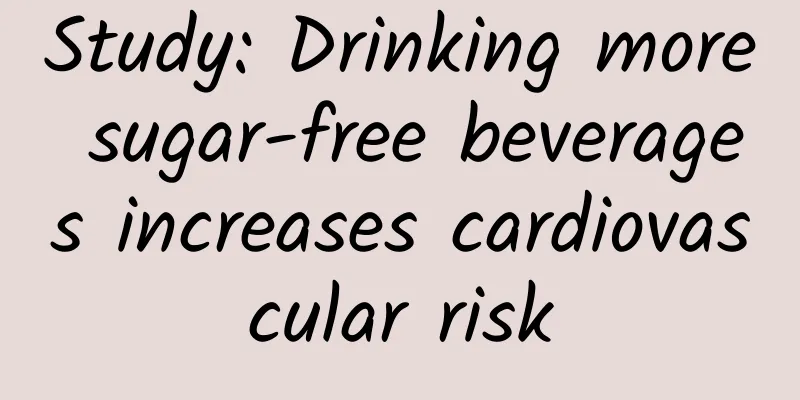There are 3 types of ovulatory dysfunctional uterine bleeding

|
Ovulatory functional uterine bleeding is a disease caused by abnormal local regulation of the endometrium. Hyperfibrinolysis of the local endometrium makes the thrombus unstable and the endometrial exfoliation lasts; the component ratio of the prostate produced locally in the endometrium is unbalanced, and the ratio of prostaglandin E2 and prostaglandin F2x increases, resulting in a tendency of vasodilation and inhibition of platelet aggregation. Therefore, hemostasis is affected. Ovulatory functional uterine bleeding can be divided into 3 types. Periovulatory bleeding After the mature follicle ruptures and ovulates, the estrogen level drops sharply and significantly, which cannot maintain the growth of the endometrium, causing local rupture and shedding of the endometrial surface, resulting in breakthrough bleeding. With the formation of the corpus luteum of the ovary, sufficient estrogen and progesterone are secreted to quickly repair the ruptured endometrial surface and stop the bleeding. Or it is possible that during ovulation, the mature follicles secrete more estrogen, causing endometrial congestion and leakage of red blood cells. It is also possible that when the egg is captured in the fallopian tube fimbria, the blood-containing follicular fluid is sent to the uterine cavity through retrograde peristalsis of the fallopian tube and then flows out of the cervix through the vagina. Premenstrual bleeding Also called luteal phase bleeding, bleeding occurs before the basal body temperature drops and lasts for varying numbers of days. After the temperature drops, the amount of bleeding increases like menstruation and stops on time. Long menstrual periods If the menstrual period lasts for more than 7 days, or even lasts for half a month, and the menstrual flow is not much, or slightly more than normal, Chinese medicine believes that the main reason for the prolonged menstrual period is spleen and kidney deficiency, Chong and Ren meridians are not solid, or blood heat forces blood to flow indiscriminately; or blood stasis blocks the new blood from returning to the menstrual period. This is the bleeding during the follicular phase, and the bleeding continues for 7 days after the basal body temperature drops. |
<<: What are the treatments for uterine fibroids?
>>: Two Chinese medicine prescriptions for treating chronic pelvic inflammatory disease
Recommend
A cup of cocoa a day may reduce risk of dementia
According to statistical analysis, the top three ...
What is the combination of uterine polyps and fibroids called? What is the difference between uterine polyps and fibroids?
What is the combination of uterine polyps and fib...
Characteristics of the pathogens of Gardnerella vaginitis
Gardnerella vaginitis is an inflammation of the v...
Self-diagnosis of gynecological symptoms. Learn these methods to prevent gynecological diseases early.
Due to the physiological structure of women, the ...
Typical symptoms of atrophic vulvar leukoplakia at different stages.
Some people believe that vulvar leukoplakia is ca...
Should patients with chronic cervicitis avoid certain foods? Patients with chronic cervicitis should pay attention to the three major dietary taboos
Patients with chronic cervicitis should not only ...
Can anti-uterine inflammation tablets treat cervical erosion?
Anti-uterine inflammation tablets can be used as ...
Purple anti-obesity craze! Have a glass of purple Korean vitality drink
Recently, there has been a purple whirlwind in ag...
Iodine can be used to wash the vulva for itching
Vulvar itching can be treated with iodine wash. 1...
How can I lose weight if I have a small belly during menopause? Remember these 4 dietary tips! Chinese medicine doctor Zhou Zonghan: This one trick can help you lose belly fat
"It's strange! I obviously don't eat...
Is there any relationship between uterine fibroids and frequent anger?
There is a direct causal relationship between ute...
Which department does Tianjin Uterine Fibroid Hospital go to? Which hospital in Tianjin is good for treating uterine fibroids?
Which department does Tianjin Uterine Fibroid Hos...
Don’t you get tired of eating bananas and soy milk? Eat 2 light meals after exercise to get more complete nutritional supplements!
You get off work at 6pm, change into sportswear a...
Worry about Clenbuterol! More than 70% of people agree with food history
The storm over ractopamine in American beef conti...
Angel supermodel Miranda Kerr reveals secrets of losing weight after giving birth
Who says that a female star’s career ends when sh...









